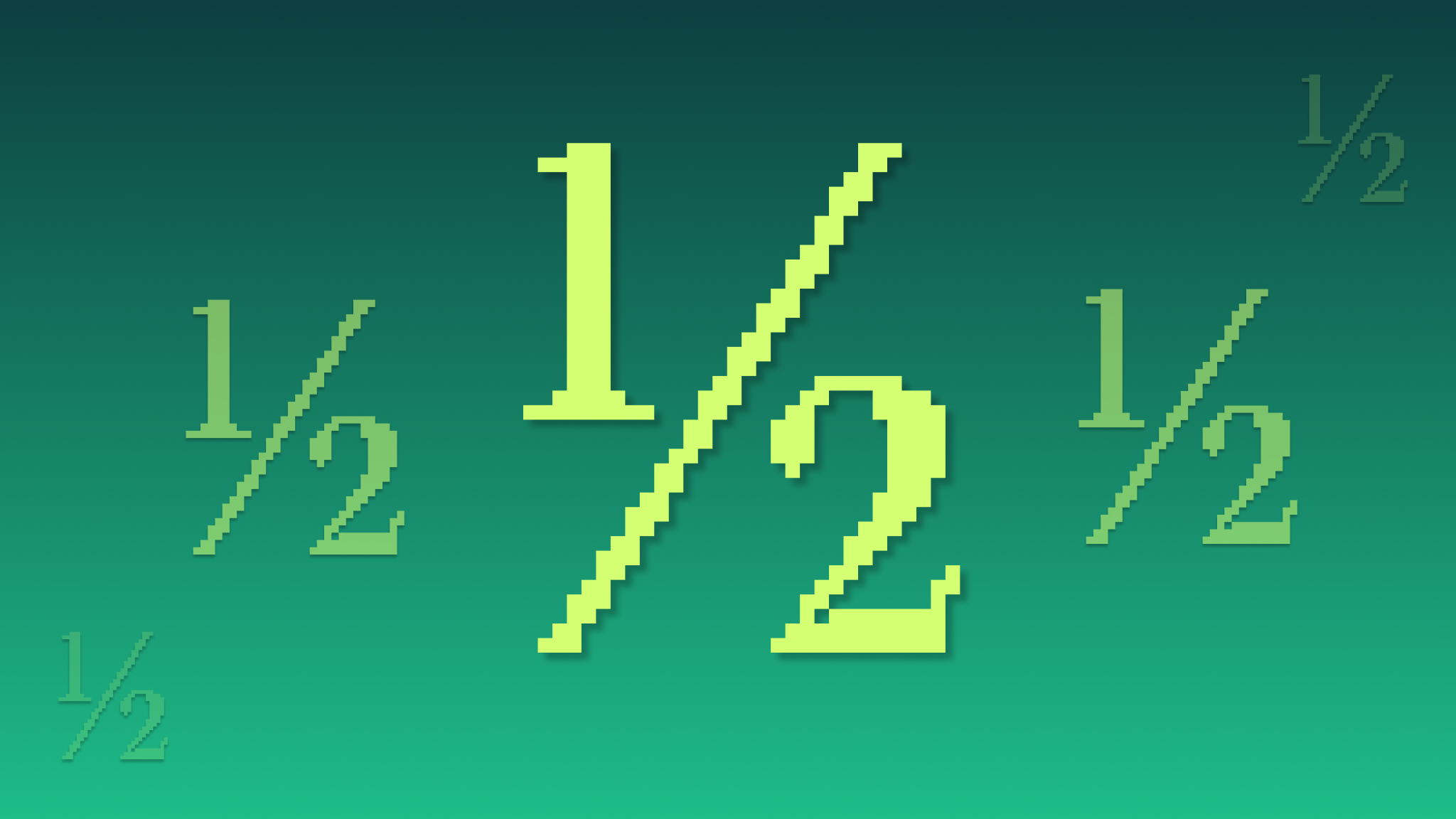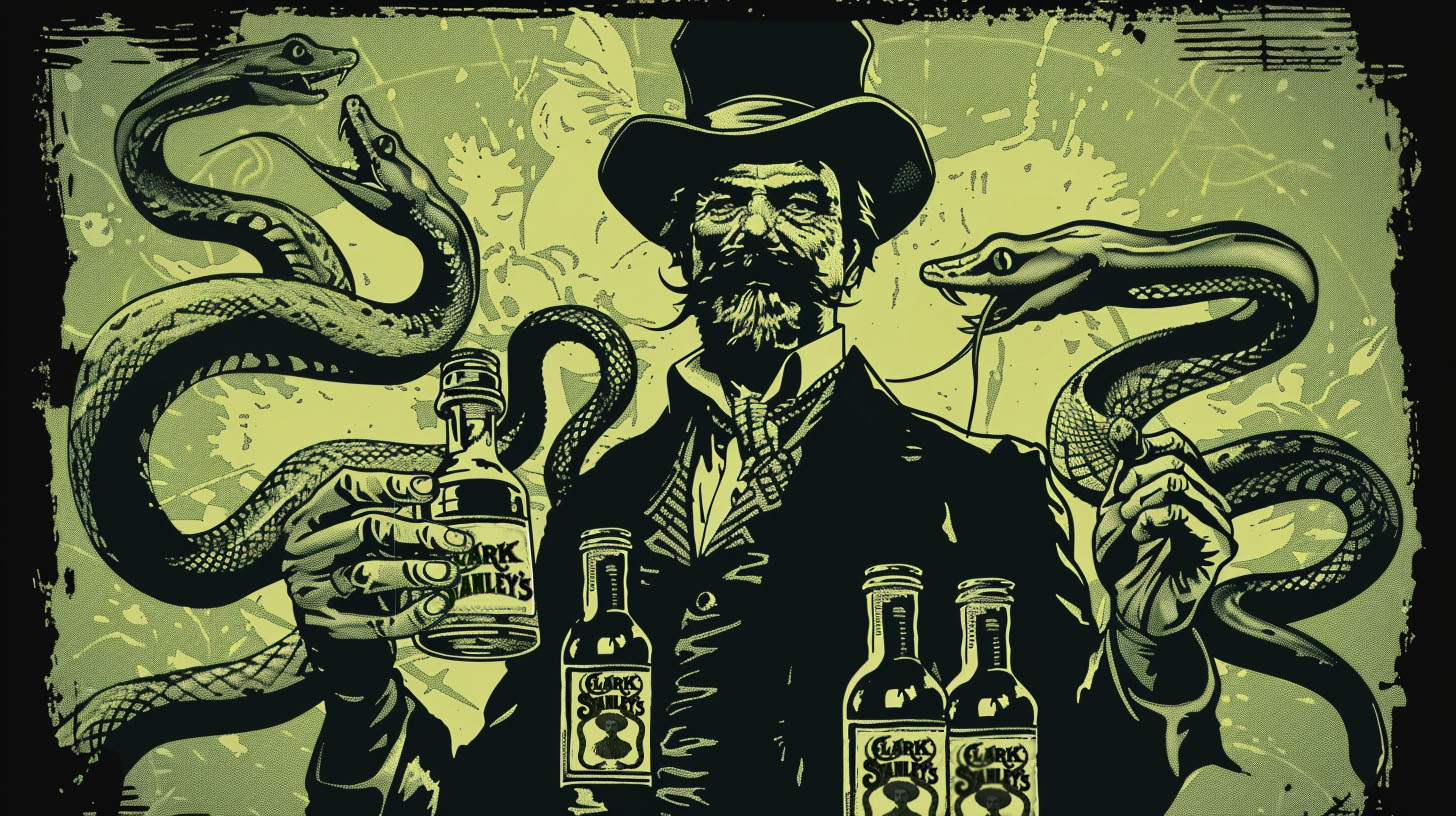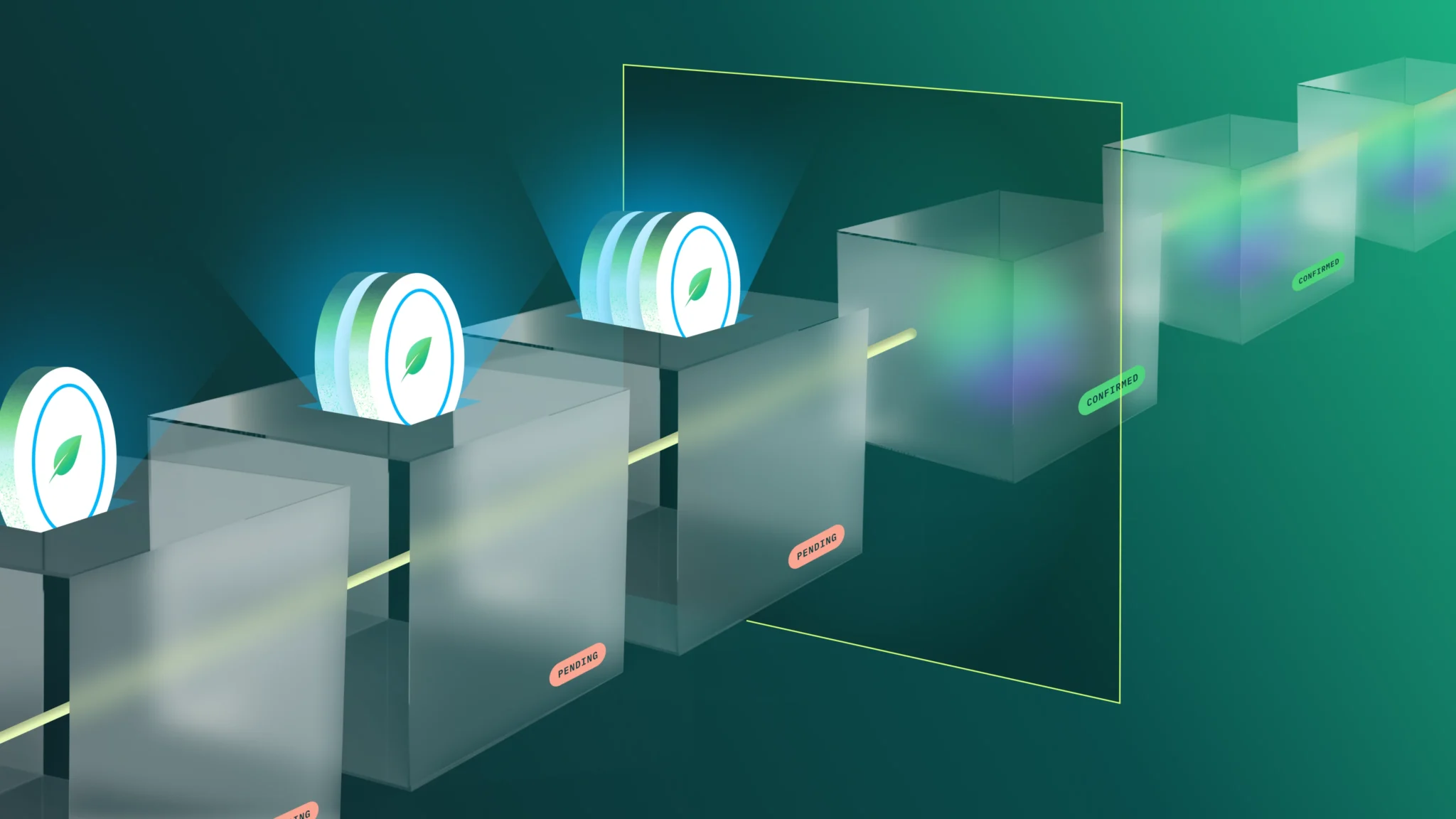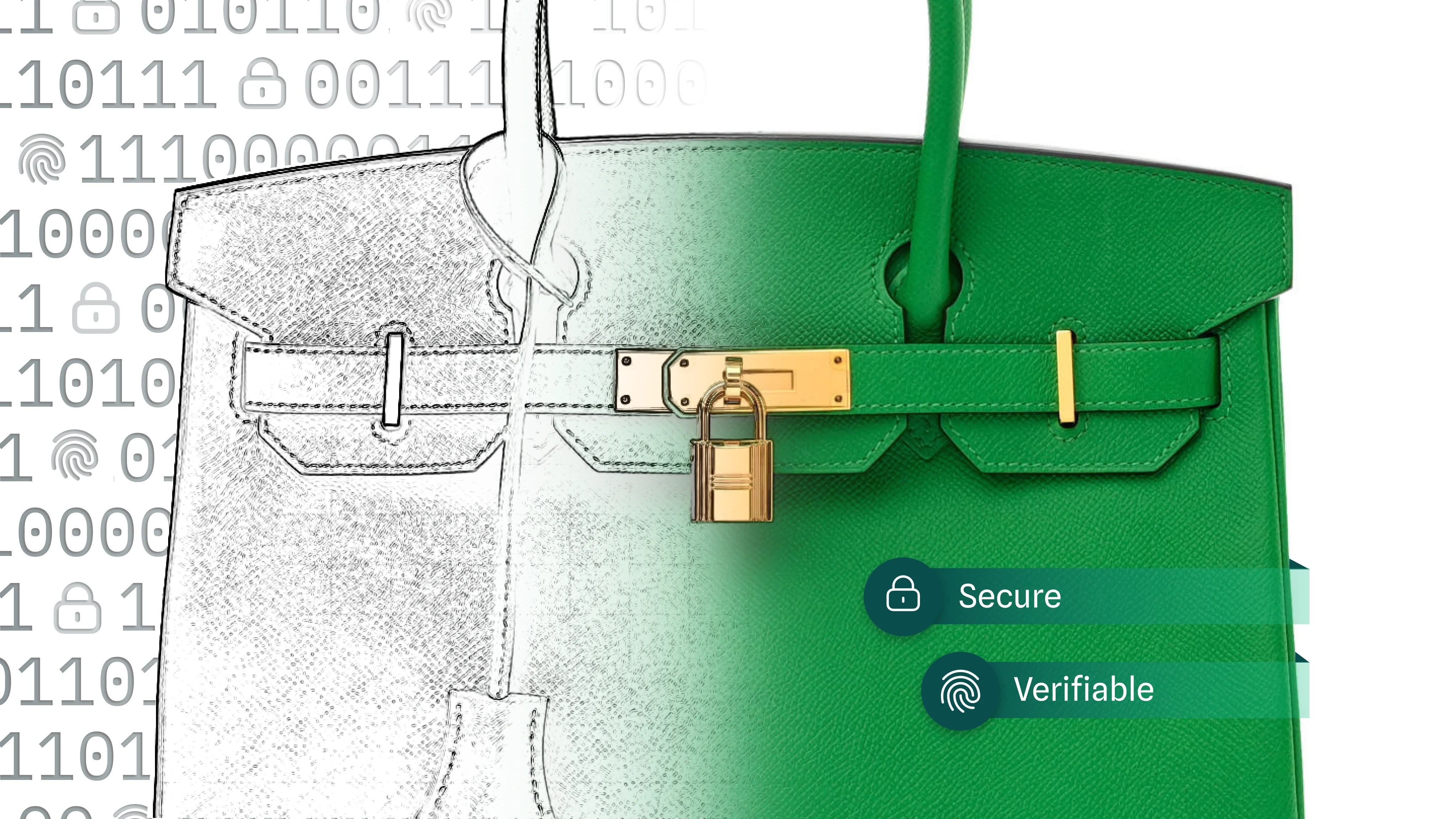In 2024, the Chia blockchain will undergo two halvings – a block reward reduction and a plot filter reduction. These are separate events, but both are important to Chia’s future. We’ve put this post together to help clarify what is changing, when the events will occur, and what action (if any) is required on your part.
Block Reward Reduction
When
March 20241
Why
The block reward reduction was built into the blockchain’s emission schedule for two primary reasons:
- To ensure that a large amount of XCH would be released into circulation in the first few years of the network’s existence
- To limit the inflation rate of XCH over the long run
About
After block 5,045,760, the block reward will be cut in half, from 2 XCH to 1 XCH. Each block reward will continue to be split into two coins, where 7/8 of the reward is the pool coin, and the other 1/8 (plus fees) is the farmer coin. Over the following nine years, the network will experience three more reward halvings, with the last occurring after block 20,183,040 – currently estimated to be in the first half of 2033. We built these reward reduction events into the blockchain before the launch of mainnet and outlined the schedule in our documentation and white paper.
Action Required
No action is required on your part. If you are a Chia farmer, your rewards (in XCH terms) will be cut in half. This includes your pool payouts, as well as your farmer rewards. You might want to use a site such as xch.farm/calculator to plan accordingly.
Plot Filter Reduction
When
June 2024
Why
In the coming years, it will become feasible for Chia farmers to create and delete plots every 20 seconds or so rather than creating them only once and storing them on disk for many years. Plot grinding, as this process is known, would not affect the security of the network. However, it would result in wasting an excessive amount of electricity.
As a community, we decided via CHIP-12 that the best way to prevent plot grinding would be to cut the plot filter in half. This will make plot grinding cost-prohibitive, even after it becomes technically feasible.
About
Currently, for each signage point broadcast to the network, 511 out of every 512 plots are ineligible to submit a Proof of Space.
This can be thought of as a game of bingo, where a new game is played every 10 seconds or so. If your farm has 512 plots, it has the equivalent of 512 bingo cards. For each game, only one of your cards will be eligible to play, on average. Your computer will calculate whether that card is a winner. Ten seconds later, another game will occur, and a different card will likely be eligible to play. This filter is fair because it affects everyone equally. You can continue to use the same cards in future games.
In June 2024, the plot filter will be reduced from 512 to 256. Sticking with the bingo analogy, if you have 512 cards, then after the filter has been reduced, on average two cards will be eligible to play in each game. Your computer must then do twice as many calculations to determine whether one of your cards has won.
Unlike the block reward halving, the filter reduction was not built into the network from day 1. Instead, it was added as a result of CHIP-12.
For technical information about the plot filter, see our consensus documentation.
Action Required
Prior to the filter halving in June 2024, you must upgrade your farm/node to version 2.1.0 or later. If you do not upgrade, you risk losing farming rewards.
Beyond upgrading, whether you need to take any action to prepare for this change depends on your farm’s composition.
Because twice as many plots will be eligible for each Proof of Space challenge after the filter has been reduced, your harvesters will require roughly twice as much compute in order to keep up with the network. For small farms, and those using uncompressed plots, the current requirement for compute is likely quite low. For example, perhaps your harvester is only running at 5% capacity today, so after the filter reduction, it will require 10%. In this case, no action is required.
On the other hand, if your harvesters are running at over 50% capacity today, then they will be at over 100% after the filter reduction. As a result, your harvesters will be unable to look up all the proofs of space required to keep up with the network. In other words, you might have a winning bingo card and not realize it.
For those using BladeBit plots, our documentation lists several techniques to determine your farm’s capacity. Those using plots from other vendors must use tools compatible with their plot format to make the same determination.
You should plan for this reduction to avoid missing out on any rewards.
Feel free to drop into our Discord for more information and/or support.
The following corrections were made from the original post:
- 2024-02-15, 16:15 PST — Removed the word “we”, which was inadvertently repeated
- 2024-02-15, 16:25 PST — Added a note that users must upgrade to version 2.1 or later
- The Chia blockchain block creation speed varies because it relies on solving a problem where participants use their computer storage to make guesses at a solution, and the time to find the right guess can change. Sometimes someone finds a solution quickly, and other times it takes longer. Farmers can also join and leave the network, making the block creation speed fluctuate. This is why an exact date and time for the halving is not possible. Instead, we rely on the block height as the marker for when an event will occur. ↩︎





